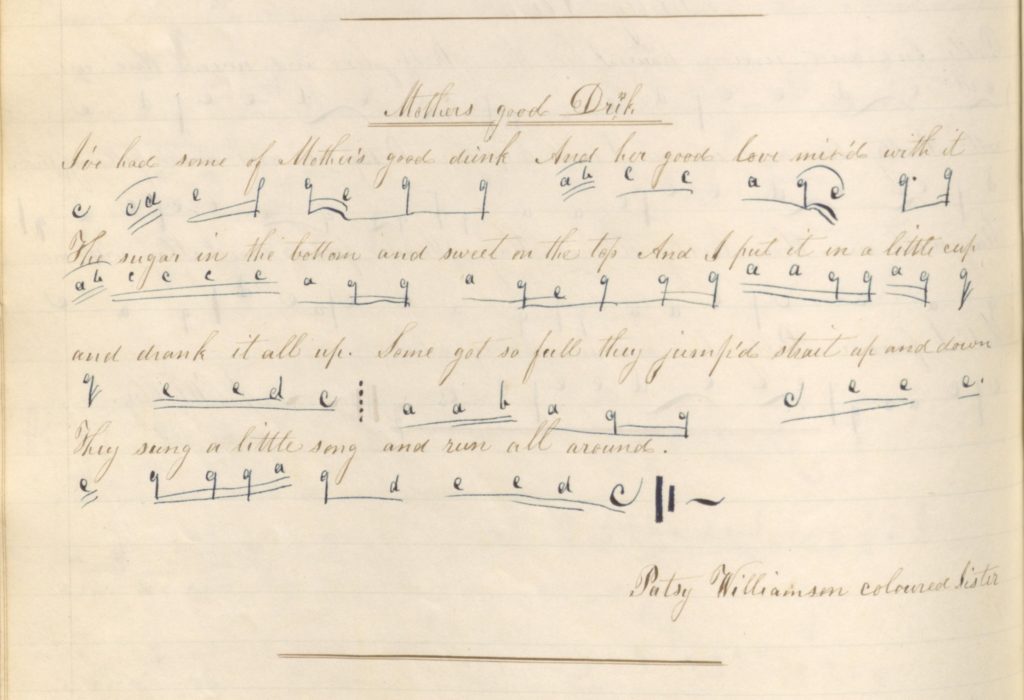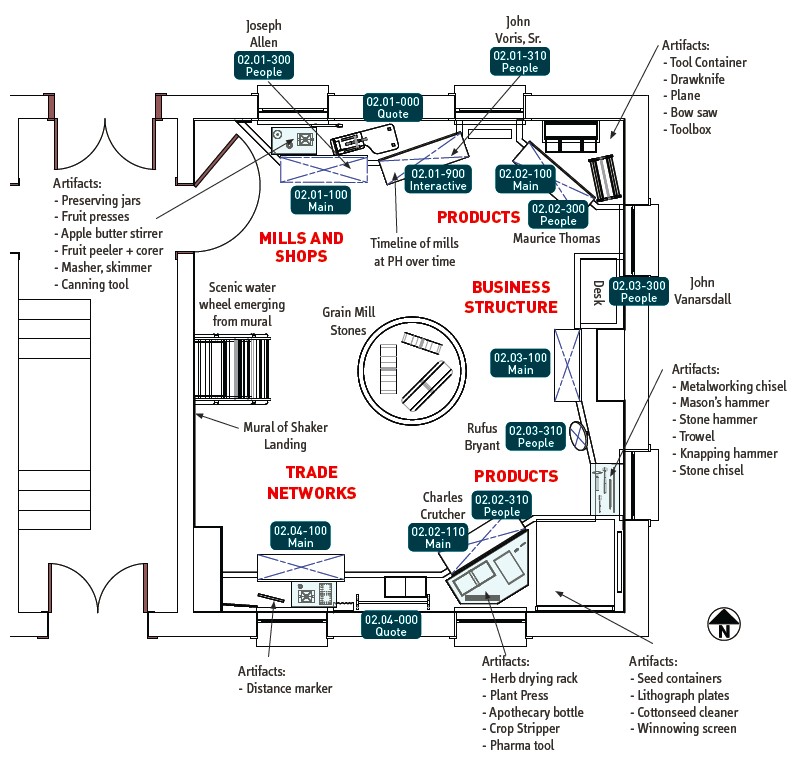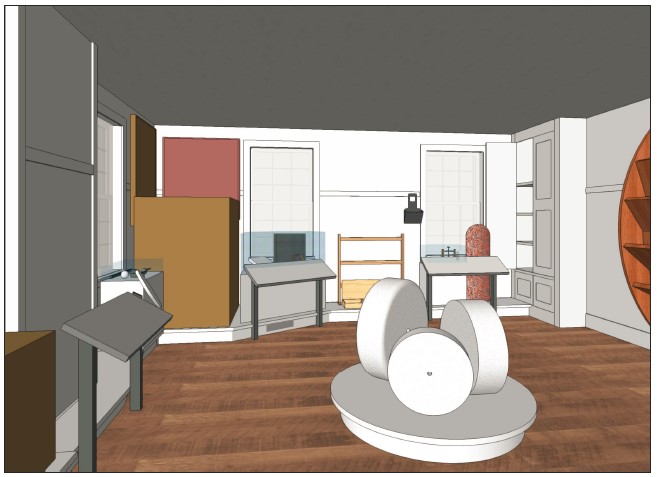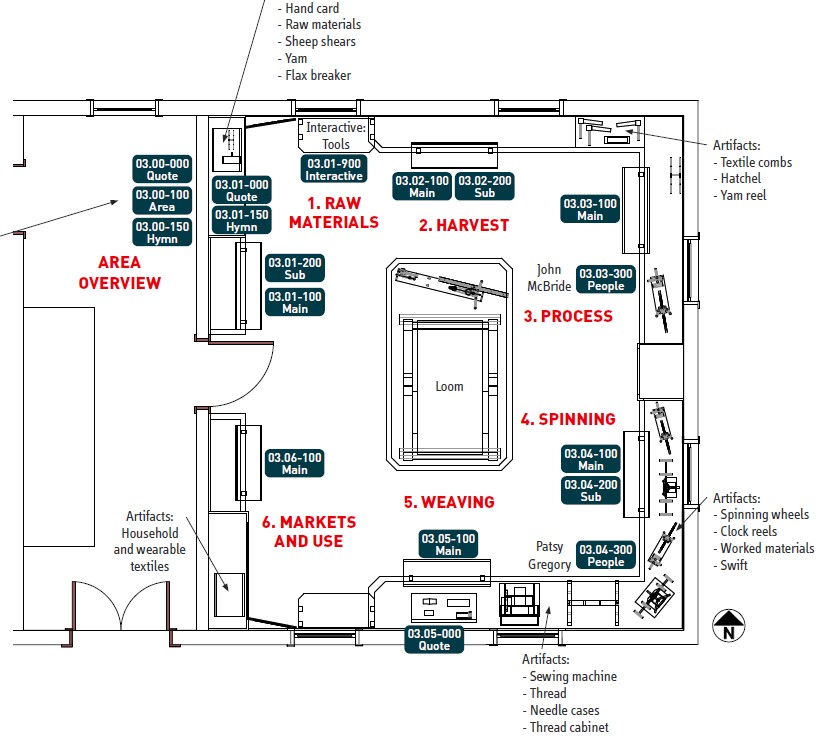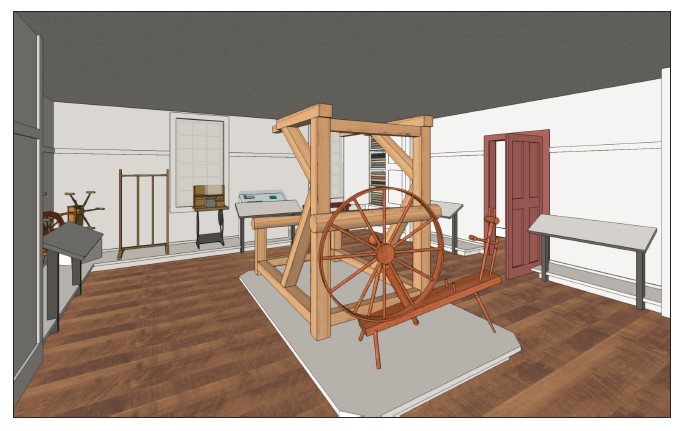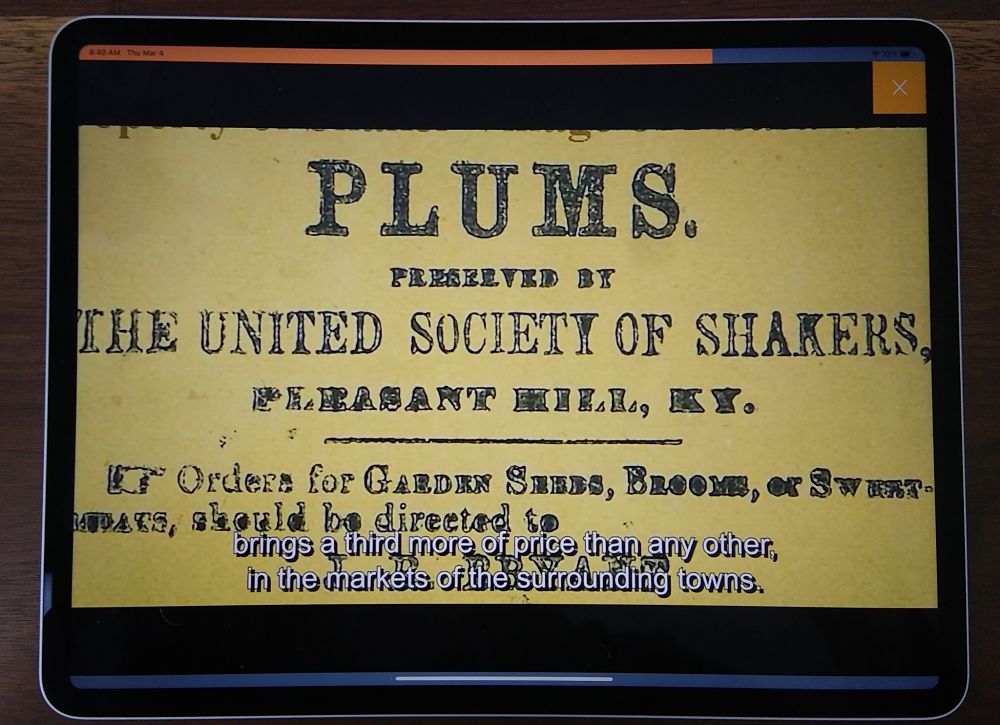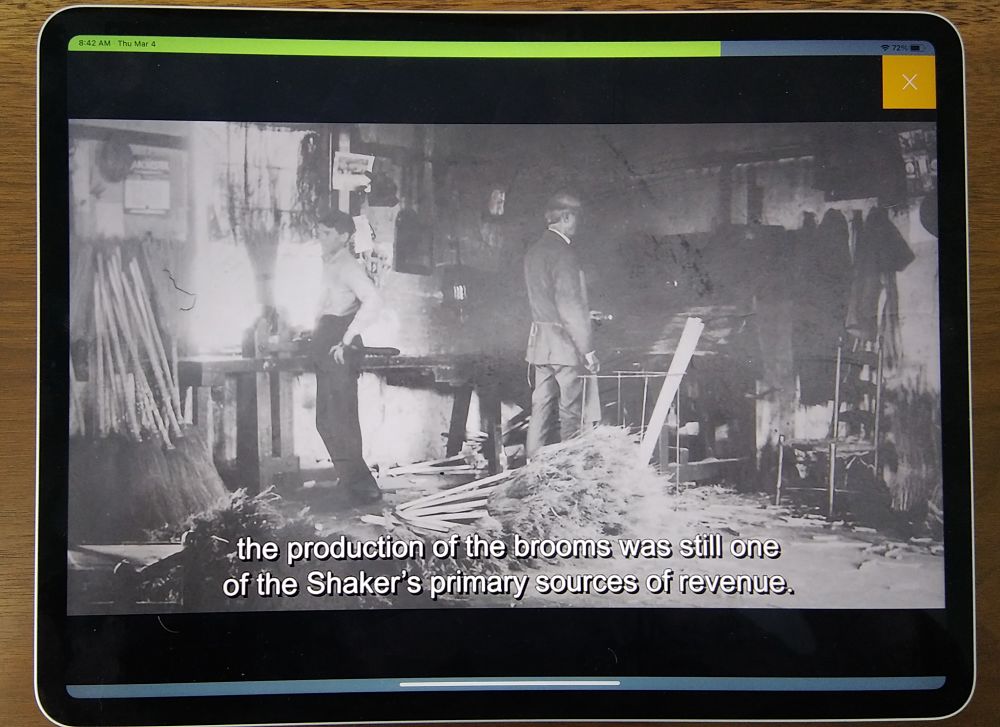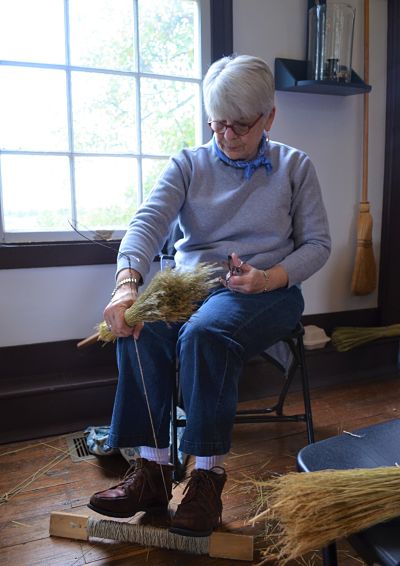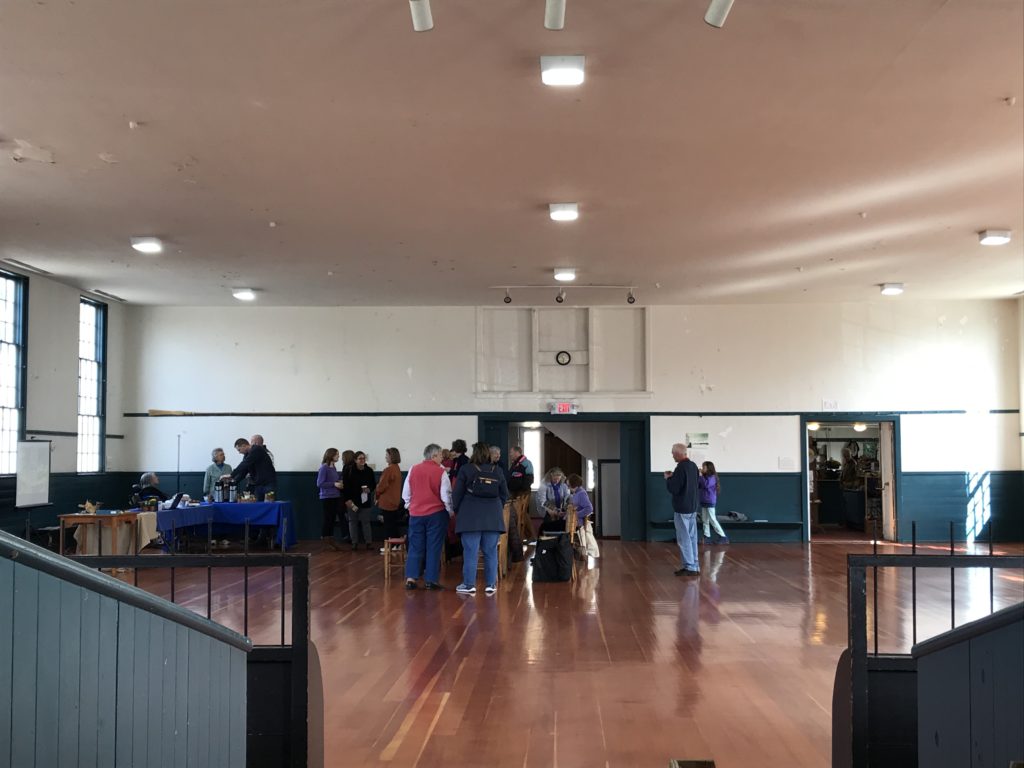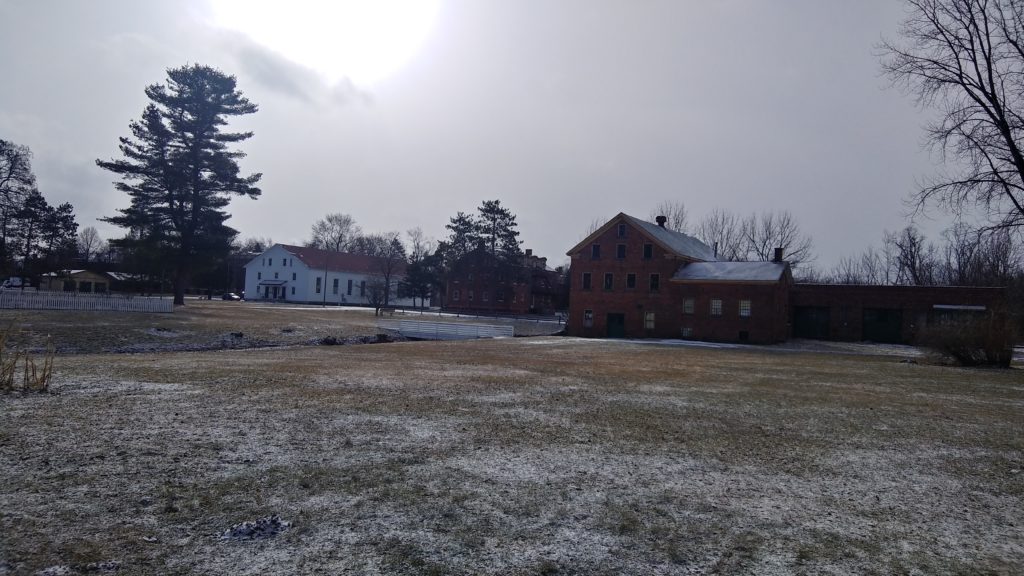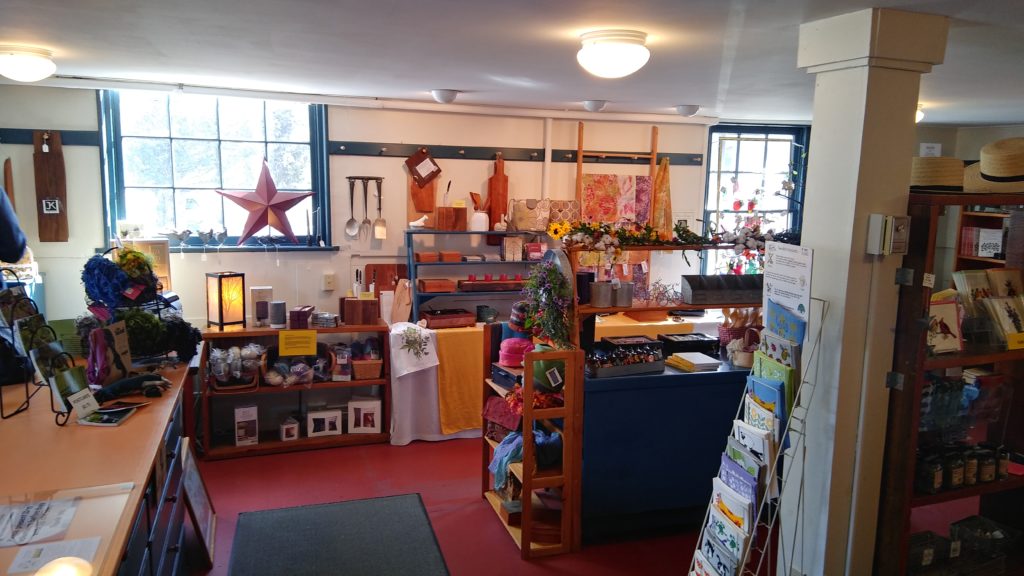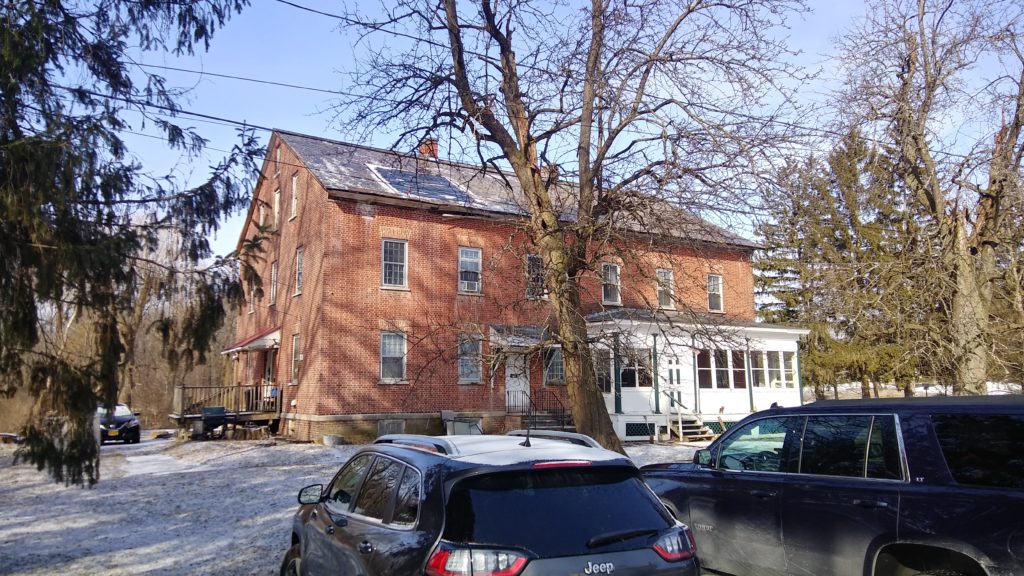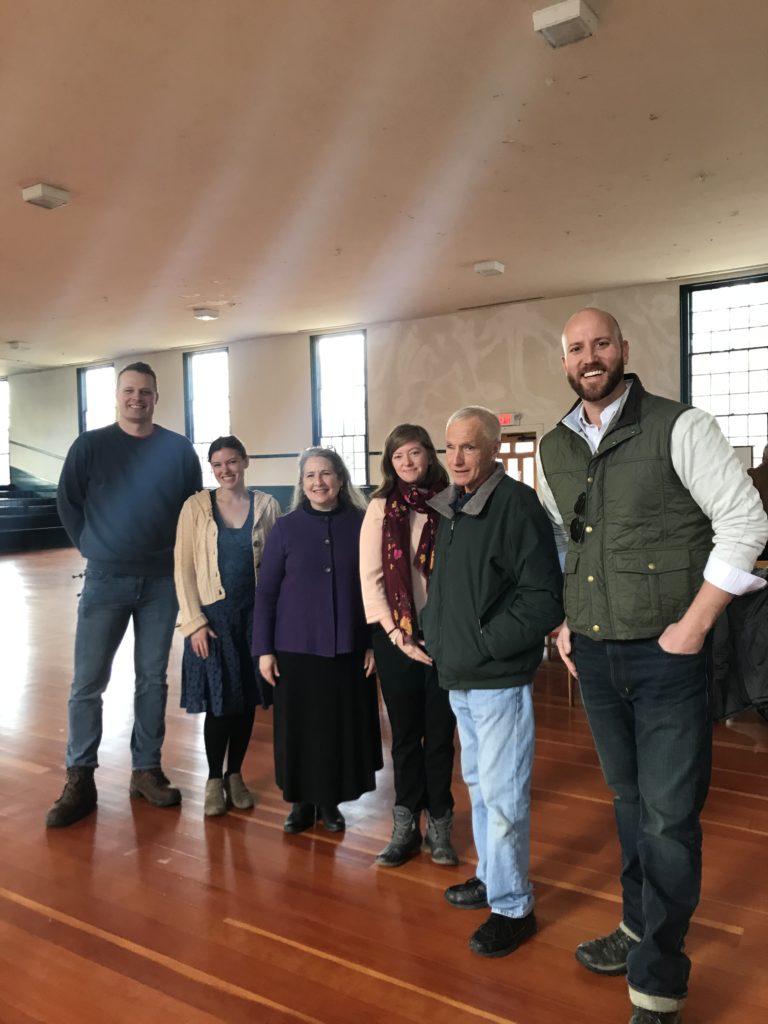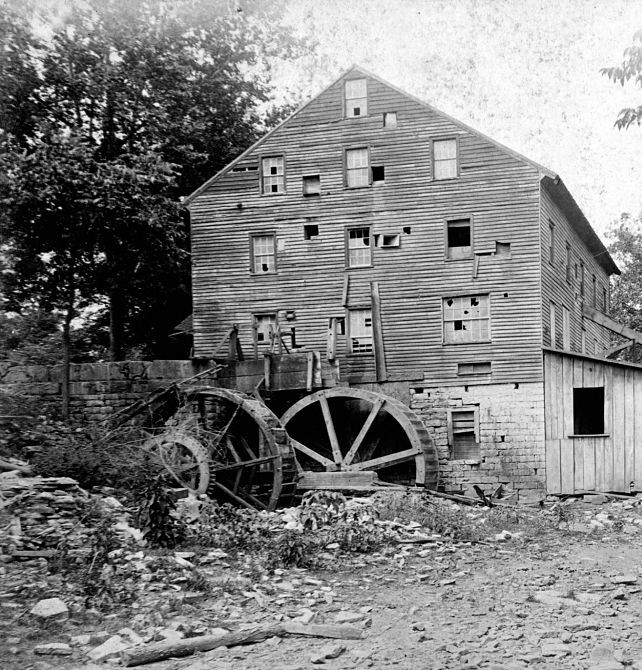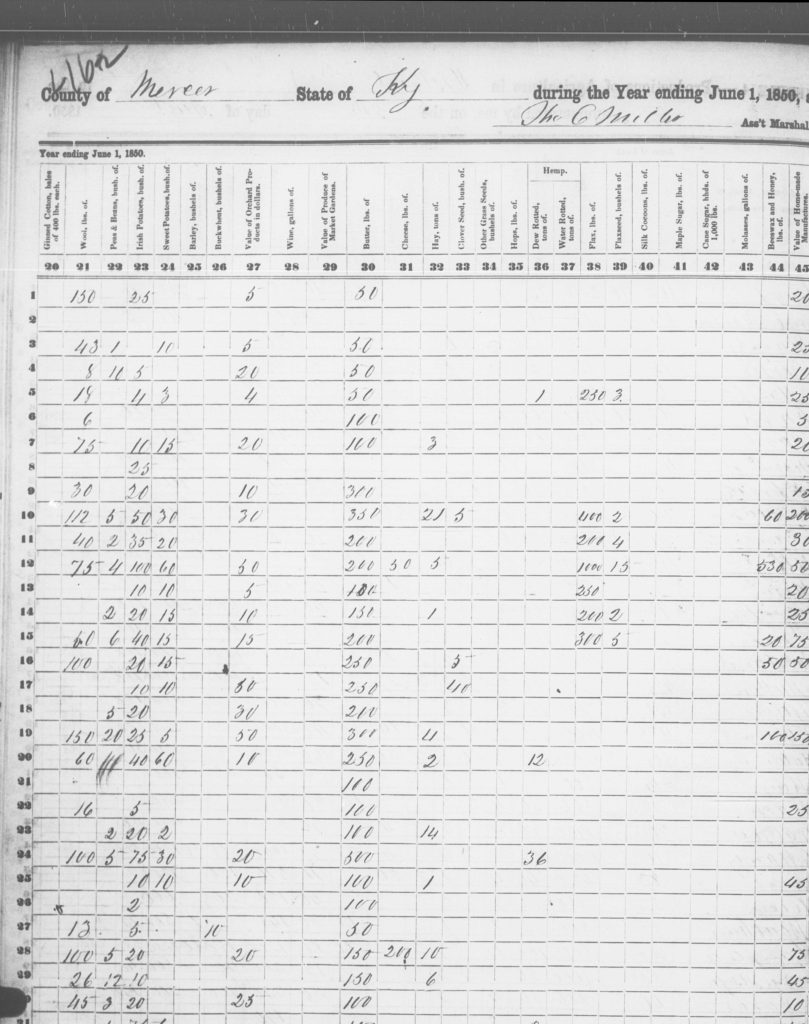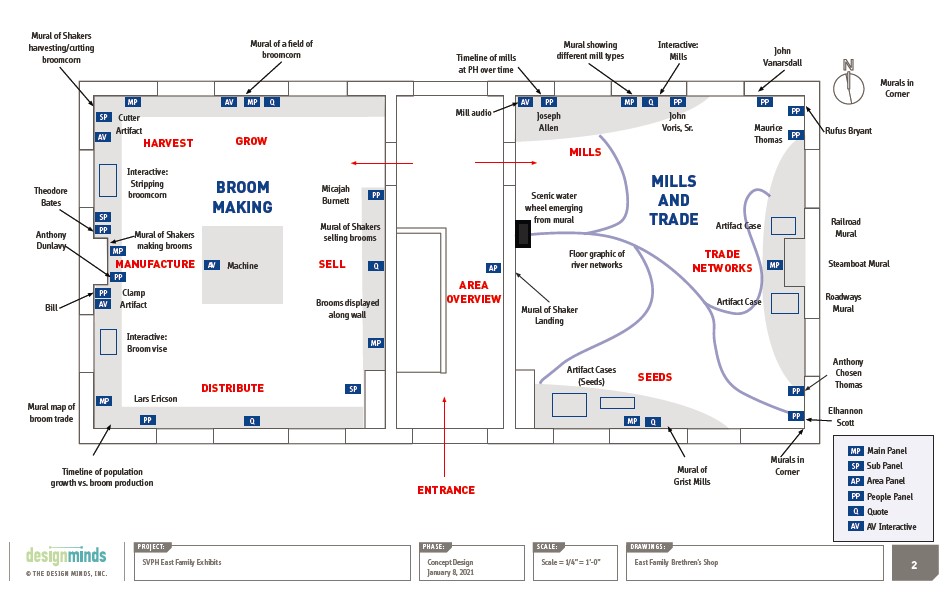Jacob Glover, PhD, Director of Public Programs and Education
A few weeks ago we began our blog series on our trip to Shaker sites in New York and New England in February and March 2020. Our trip was just days before the country came grinding to a halt with the COVID-19 pandemic. In this post, we are recounting our adventure to Massachusetts, New York and then back to Massachusetts to complete one whirlwind of a Saturday!
With Watervliet in the rearview mirror, we headed east towards Pittsfield, MA, and Hancock Shaker Village. Along the way we passed the location of the Mount Lebanon, NY, Shaker community, a destination that we would return to later in the day. At Hancock, we were graciously welcomed by several staff members and a volunteer, and we were even provided special access to view the Shaker gift drawings in their Collection!
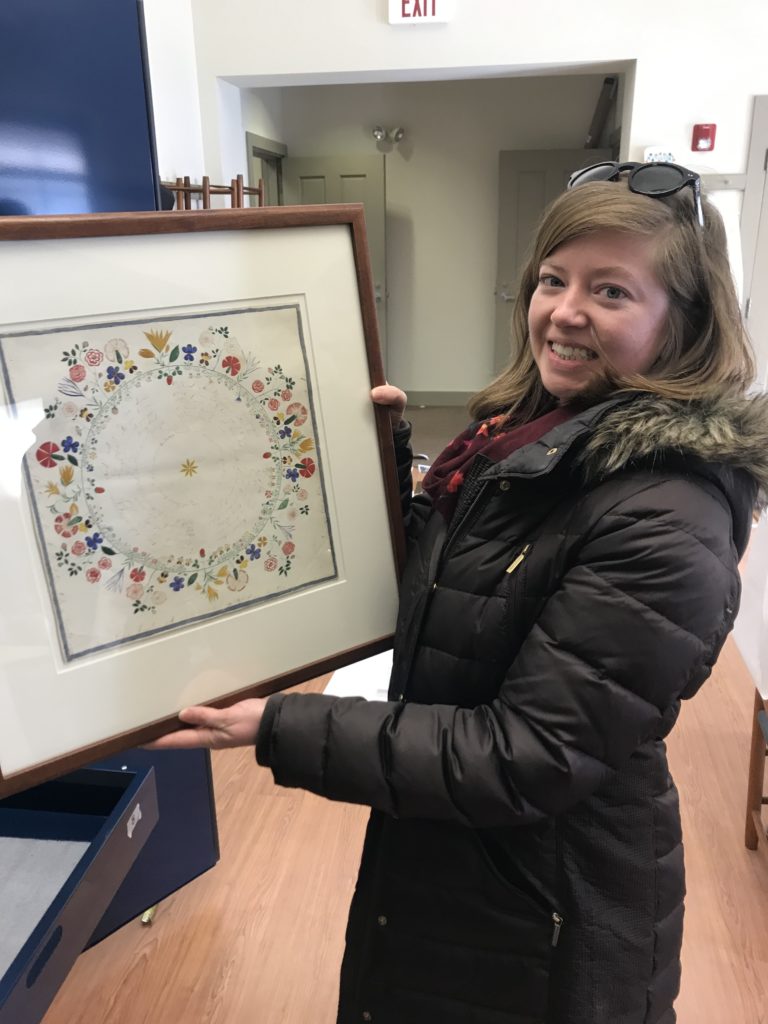
While the sunshine was abundant by the early afternoon, it remained quite cold as we toured the beautiful grounds at Hancock. Originally founded in the late 1780s, Hancock grew to more than 300 Believers and 3,000 acres by the 1830s. As with most other Shaker communities, decline in the late nineteenth century led to the selling of outlying lands and diminishing numbers. Despite this, Hancock remained an active Shaker community until 1959—nearly fifty years after the closing of the covenant at Pleasant Hill.
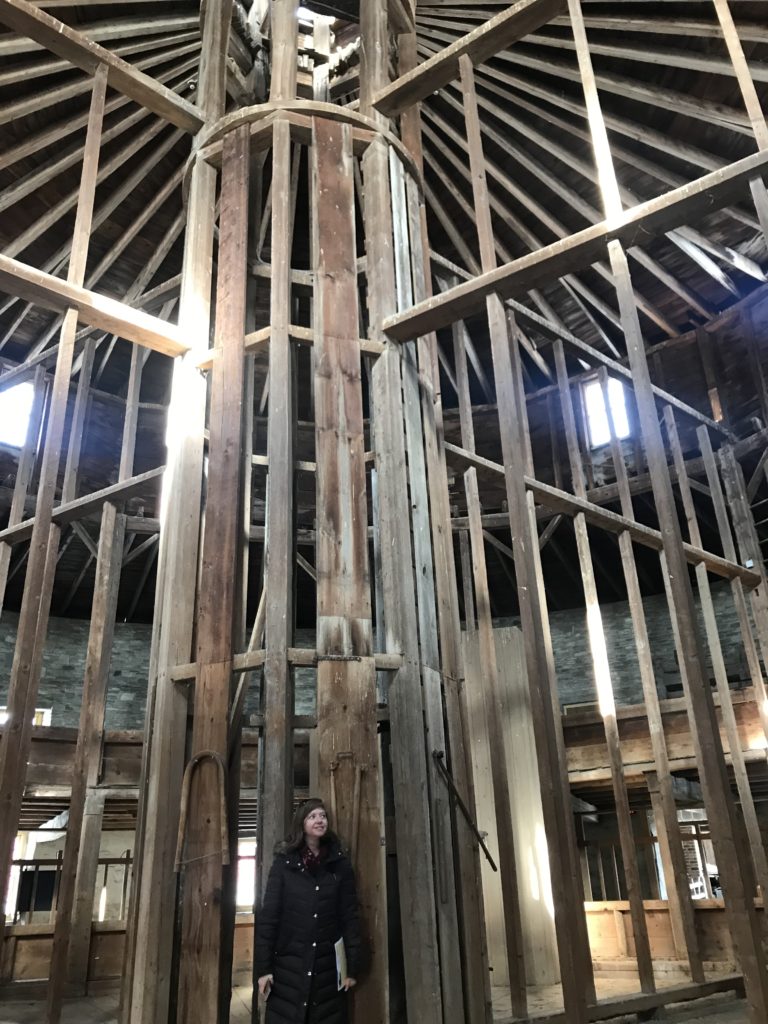
Hancock today is very well preserved, with 20 existing Shaker buildings, a modern welcome center, a working farm, programs and exhibits. Although many of the structures were awe-inspiring, the 1826 Round Stone Barn is the unforgettable cornerstone of the experience at Hancock. After a few hours on the grounds and one more trip to the gift shop, we said our goodbyes, regretful that we had so little time to explore the beautiful village.
Then we backtracked over the mountains and into eastern New York for a quick afternoon jaunt to the Historic Mount Lebanon Site. Although today many of the Shaker buildings have been repurposed into a school and an eco-Sufi community, the Shaker style is evident throughout.
The original seat of Shaker government, Mount Lebanon was active from the early 1780s until the 1940s when the community sold most of their land and buildings to the Darrow School—a school that just happened to win a basketball championship the day of our visit! Today, the Historic Mount Lebanon Site only offers self-guided tours and hiking, but if you ever have the chance we highly recommend stopping by to see the Great Stone Barn. It is easily one of the most impressive architectural marvels we have ever seen.
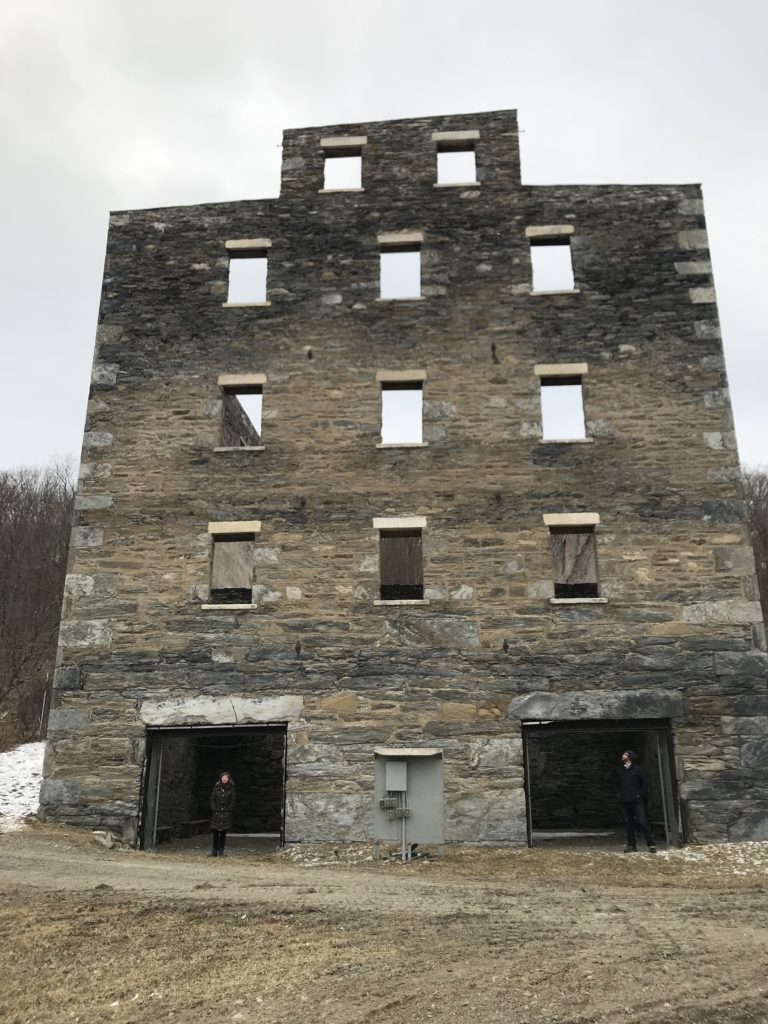
Having been thoroughly impressed, but also cut to the bone by the howling wind and the fading sun, we hopped back on the road and made our way to Boston, MA for the night. There would be no rest for the weary; however, as we had to be at Shaker Meeting at Sabbathday Lake the next morning at 10 a.m. sharp. We would end up cutting it close…VERY close!
Check back in a couple of weeks for the next installment of our adventure!
For more information on Hancock Shaker Village, please visit https://hancockshakervillage.org.
For more information on the Historic Mount Lebanon Site, please visit https://www.shakermuseum.us/mount-lebanon-historic-site/.
